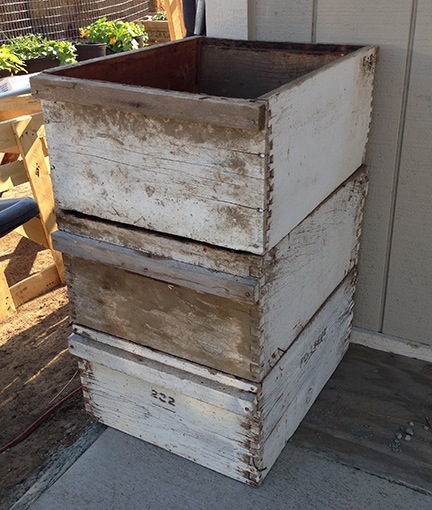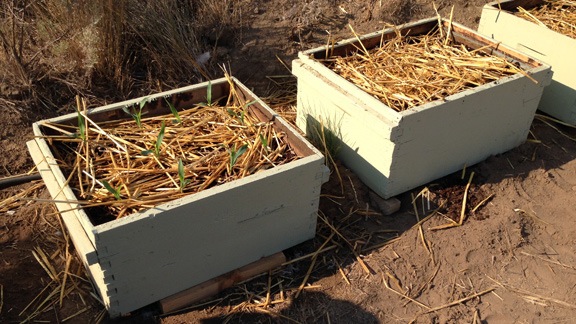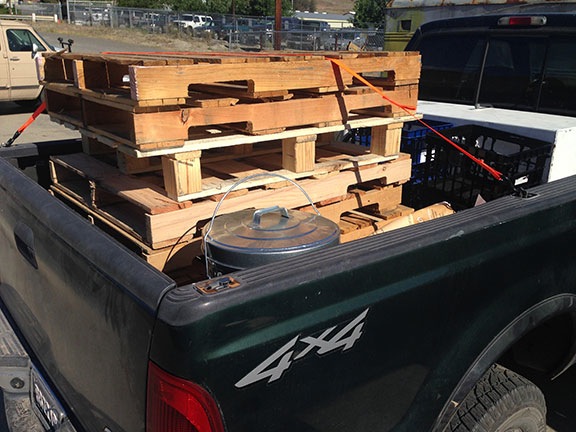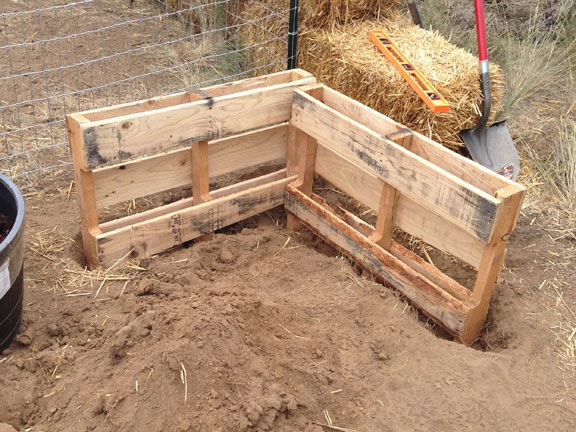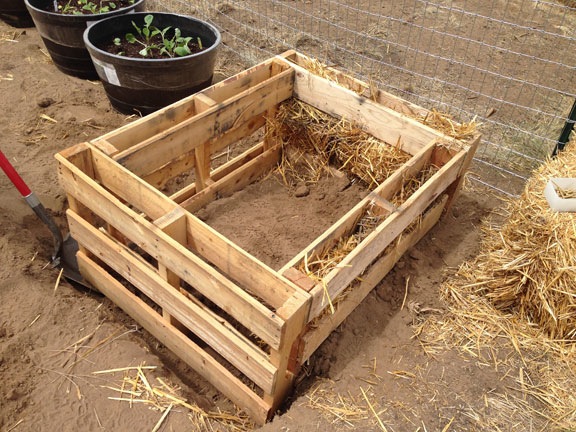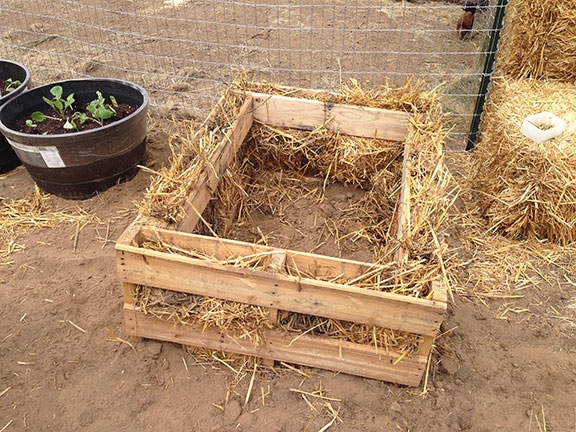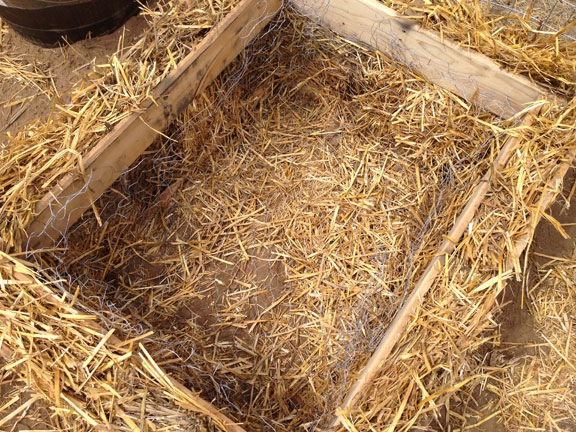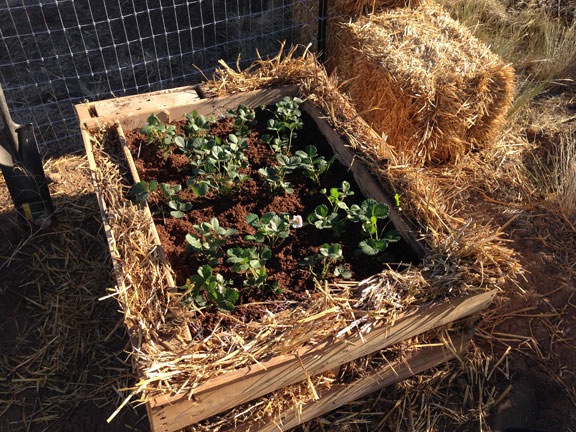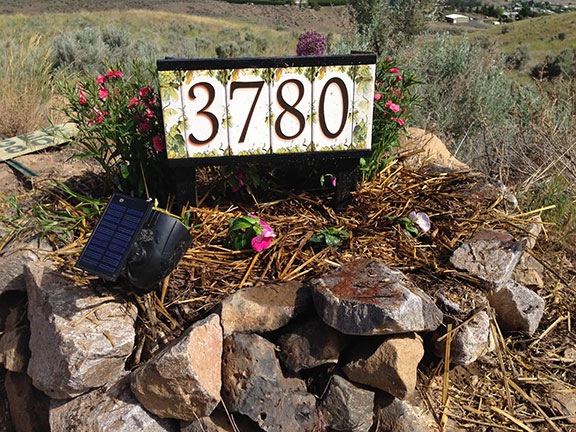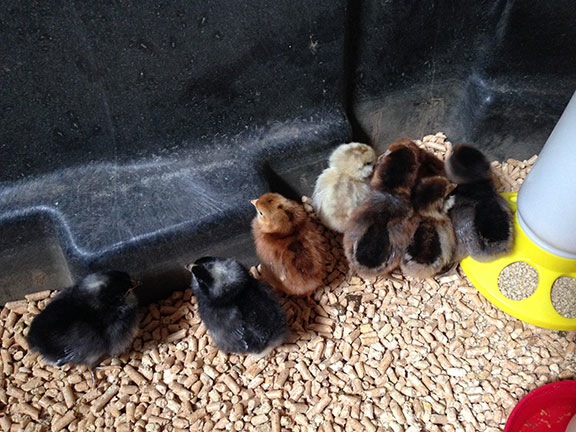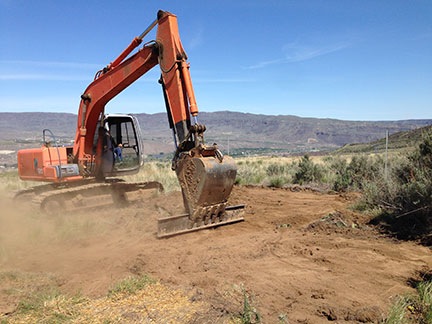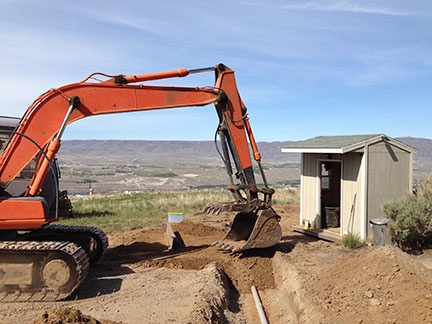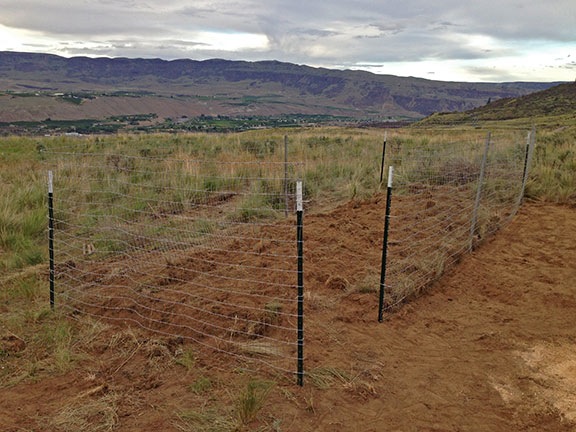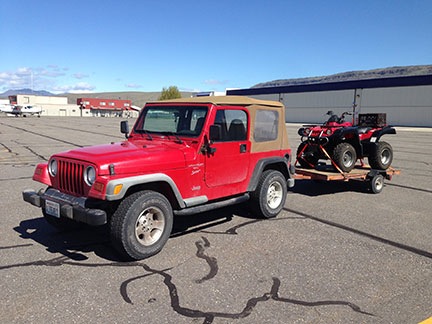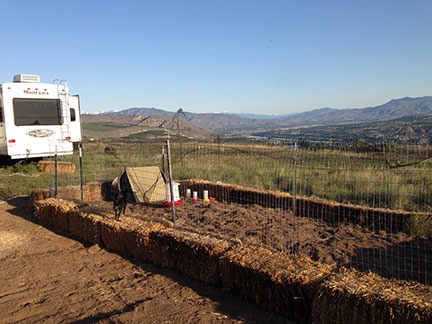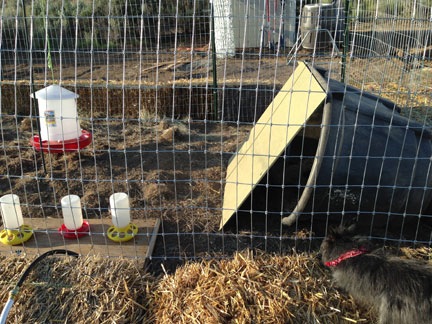Turning trash into useful items.
Over the past year or so, I’ve really embraced the idea of upcycling to make useful things around my home.
According to Wikipedia, coined in 1994, the term upcycling means
the process of converting waste materials or useless products into new materials or products of better quality or for better environmental value.
Why Upcycle?
I like the idea of upcycling for several reasons:
- Upcycling really appeals to my scavenger instincts. For most of my life, I’ve wanted to gather discarded items that I think have some use. Hell, back in my college days, I furnished my dorm room with perfectly good items discarded by departing students, including an area rug, lamp, and table with chairs. You know what they say: One man’s trash is another man’s treasure.
- Upcycling enables me to have more for less. With my recently limited budget, I have to make do with less money. While that often means doing without, it could also mean building my own solutions.
- Upcycling reduces waste in landfills and recycling centers. Seriously, don’t we put enough crap in landfills and the ocean? Upcycling is better than recycling because it makes something useful without it first going through a waste stream. That means no transportation costs, no sorting costs, no remanufacturing costs, etc.
First Projects
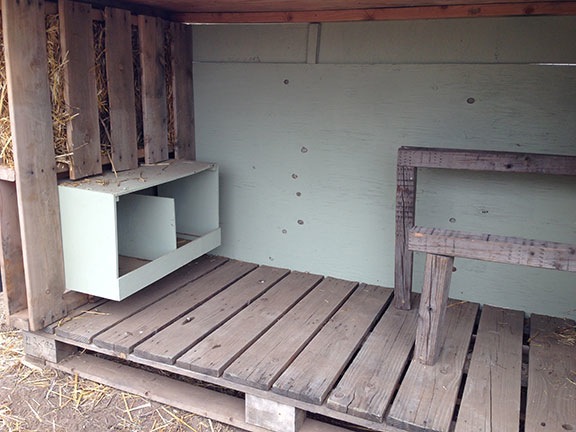
A look at my chicken coop under construction.

My first pallet planter makes an excellent strawberry patch.
I blogged about my first upcycling project before I even knew the word upcycling existed. In “Chickens Again, Part II: The Coop,” I wrote about the chicken coop I made, in part, from wooden pallets I’d scavenged. Two days later, I wrote “The Pallet Planter,” which showed off one of eventually three raised garden beds I’d built with more scavenged pallets.
Why Now?
All this is pretty new for me. In my old, half-dead life in Arizona, I wasn’t motivated to do much of anything — there just didn’t seem to be a point. And even if I did want to make or build something, I didn’t have tools or a useable workspace.
But here in Washington, things are different. I feel like I have a purpose in life, a reason to get up in the morning and make things happen. I also have a lot of free time on my hands that’s not filled with the need to try (and mostly fail) to make someone else happy.
I began acquiring decent power tools about a year ago — through purchases and hand-me-downs from friends — and have most of what I need to get projects done. And I have plenty of space; with my RV garage still mostly empty and my shop laid out to give me the best access to tools and workspace, I can tackle almost any sized project.
More Projects
As I work on my home to do all the wiring and plumbing — more on that in other blog posts — I take time out to get creative with “waste” materials.
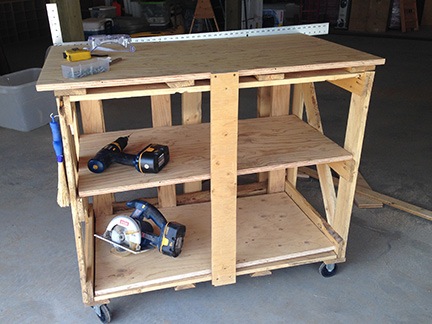
My first rolling workbench is a masterpiece of usefulness, built with a discarded crate and scrap lumber.
My favorite project to date is turning crates into rolling workbenches. There’s a business I pass when I go into town that gets engines and other parts on pallets and in crates. They discard the pallets and crates on a corner of their property near the road, under a sign that says “Free Wood.” If I’m driving by in my truck and there’s something worth taking, I pull over and load it up. (I actually keep work gloves in the truck just for this purpose.)
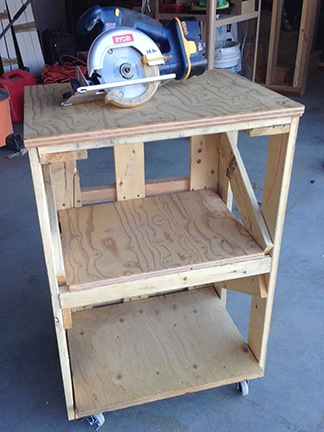
I built this smaller rolling worktable yesterday. The only cost was the wheels, which I bought for about $10.
I picked up two large crates a few months back and turned one of them into a stand for my garden beehive. The other just sat in the dirt for a while, occasionally used as a work surface for cutting wood. When my building shell was finished, however, I got a brainstorm. Why not lay it on one side, add plywood shelves, and put wheels on the bottom? I had all the scrap wood and even the wheels that I needed. The resulting mobile workbench is perfect for woodworking projects and storing my power tools in a handy place. I even made a smaller version just yesterday.
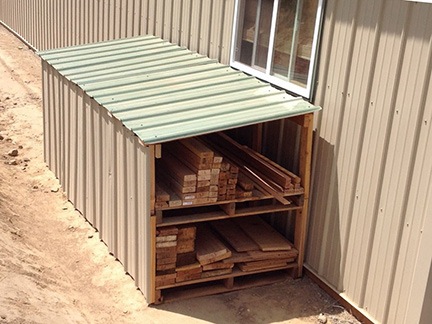
Yes, I did mark the length of each piece on the end and sort them by size. That makes it extremely quick and easy to find just the piece I need.
Because I’m such a scavenger and because I told the builder to leave behind any scrap wood, I needed a place to store the useable pieces. That meant a sort of woodshed. I built one out of pallets (again), scrap lumber, and leftover metal from my building. The result is a 4 x 10 sort of lean-to with shelves that keeps the lumber out of the rain and snow. And yes, I filled it almost immediately — it’s extremely handy to be able to quickly find exactly the piece of lumber I need for other projects. Best of all, it matches my building so it isn’t an eyesore from the road (which it faces).
I’m also working on glass projects, although I don’t have any photos yet. I start with discarded wine bottles which, because of the sheer number of local wineries, I can get in any number I need. I’ll be melting down glass rings in a kiln for use in wind chimes. And I’ve also been cutting the bottles in half and finishing off the cut edges to make drinking glasses and vases. This is time-consuming, tedious work that I’m not exactly excited about doing. But the results are impressive. I expect to make an entire set of drinking glasses for my new home out of wine bottles. I’d also like to melt small glass pieces in a kiln to make jewelry; we’ll see where I go with that.
Creativity Can Be Rewarding
I can’t tell you how proud I am of these silly little projects. Seeing waste turned into something truly useful that makes my life better or easier is extremely rewarding. Knowing that I’m the one who thought up the design and executed it makes it even better.
What have you upcycled lately? Use the comments to brag about it!

